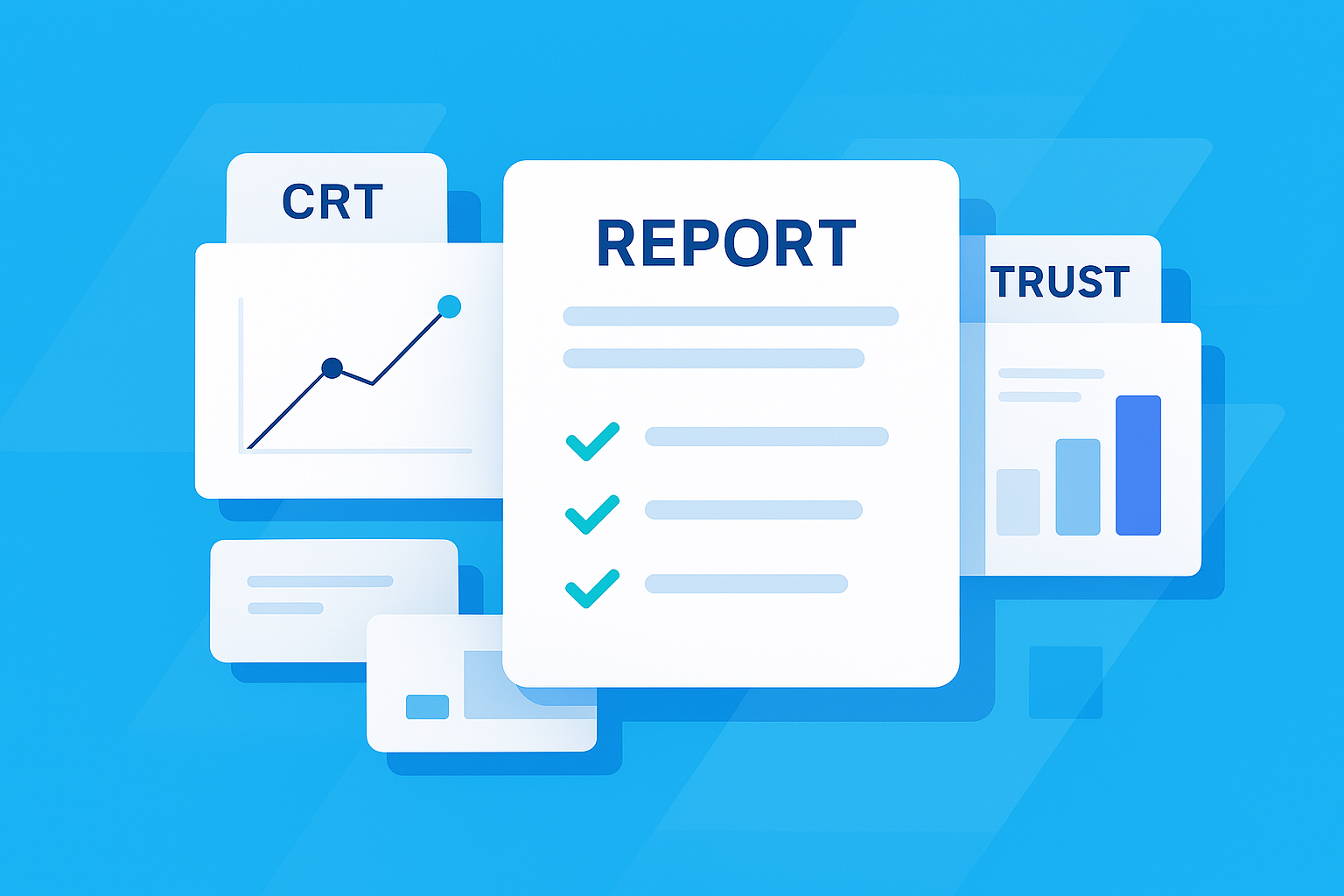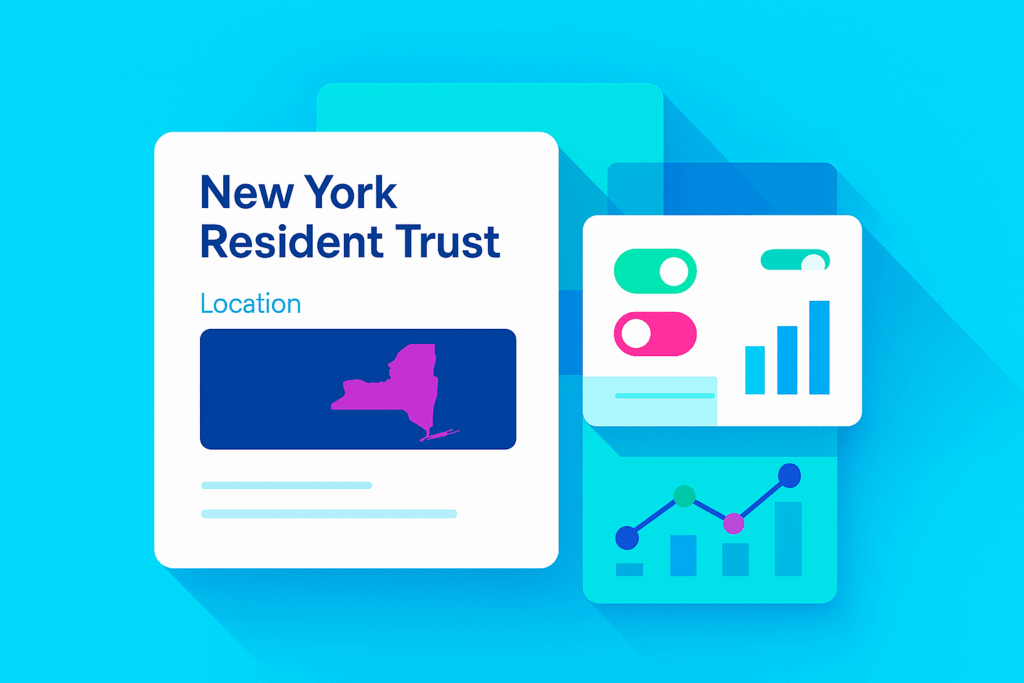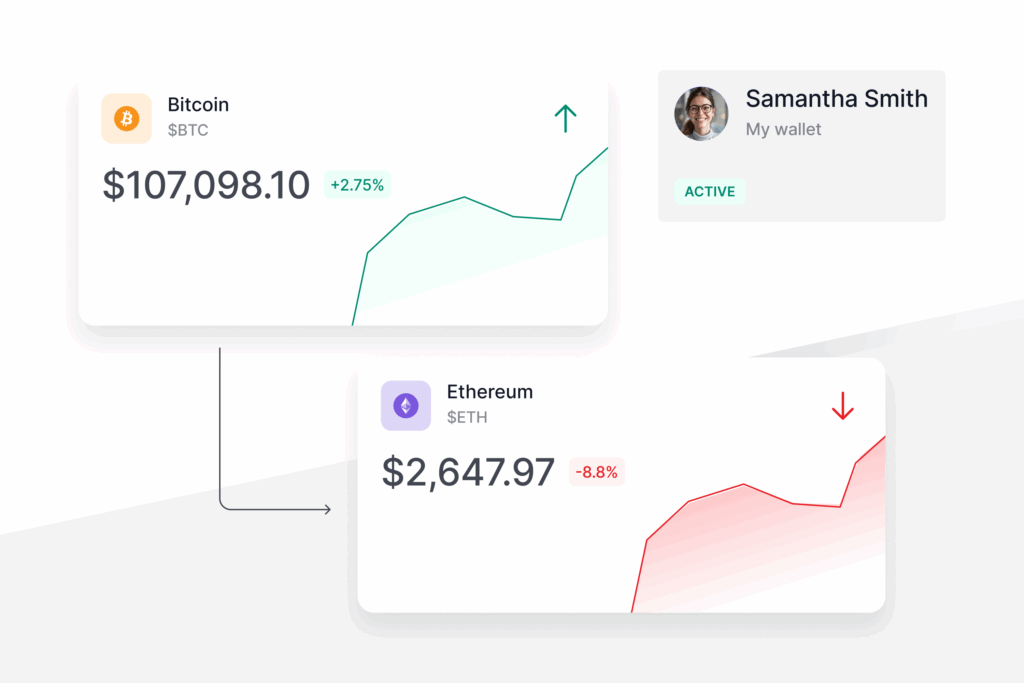When setting up a trust, one essential step is the transfer of assets into it, which often requires signing a transfer agreement (also known as an “assignment”). Here, we’ll explore what a transfer agreement entails, why it’s necessary, which types of assets require one, and how they work.
What is a Transfer Agreement?
A transfer agreement or “assignment” is a legal document that formally transfers ownership of an asset from one party to another. The document will include a description of the asset that is being transferred, the name of the party that is transferring the asset, the name of the party that is receiving the asset, and (if applicable) the portion of the asset being transferred. Transfer agreements are a standard part of the process of funding trusts.
Why is a Transfer Agreement Necessary?
A transfer agreement documents an asset’s transfer. This documentation can be relied on in the future if there’s a need to prove who owns the asset. For example, often an assignment of an LLC interest will be attached to a gift tax return (Form 709) that is filed with the IRS.
When Do You Need to Sign a Transfer Agreement?
Some sort of transfer agreement is necessary whenever illiquid assets are transferred into or out of a trust.
Which Types of Assets Require Transfer Agreements?
Not all assets require a transfer agreement when moving them into a trust or otherwise transferring them. Transfers of cash, stocks, bonds, and cryptocurrency held on an exchange can be tracked electronically and are documented by financial institutions in real time, so they don’t require separate documentation. The transferee simply needs to receive them into a separate account titled in the transferee’s name. If the transferee is a trust, the account will be titled in the trustee’s name.
But illiquid assets generally require some sort of documentation in order to establish that a transfer has occurred.
- Real Estate: Real estate is transferred by deed. The deed is then publicly recorded in the records of the local jurisdiction where the property is located.
- LLC or Partnership Interests: Membership interests in limited liability companies and partnership interests in general partnerships or limited partnerships can be transferred by assignment.
- Shares in Private Corporations: Shares in privately held corporations can be transferred by a stock assignment.
- Valuable Personal Property: Items such as art, collectibles, or vehicles are transferred by assignments that specifically describe the property being transferred.
- Cryptocurrency: When cryptocurrency is held outside of an exchange, such as in a wallet, a transfer agreement is necessary to clarify that a transfer occurred – and when it occurred.
Steps to Complete a Transfer Agreement
Creating a transfer agreement involves a few key steps, often best undertaken with the guidance of a legal professional. Here’s a general outline of what the process may look like:
Identify the Assets to Transfer: Begin by identifying which assets you want to place in the trust.
Draft the Transfer Agreement: Transfer agreements are usually prepared by an attorney but sometimes they are prepared by the transferor themselves. If you need a template of a transfer agreement, Valur can help.
Sign (and Notarize if Necessary): Depending on the type of assignment, both the donor and trustee may need to sign the agreement, sometimes with a notary present, to formalize the transfer. In certain cases, additional documents may be required for assets like real estate or business interests.
Complete Any Additional Legal Filings: Some assets require documents to be filed with the government in order to finalize the transfer. For example, a deed must be recorded with local authorities.
About Valur
We’ve built a platform that makes advanced tax planning – once reserved for ultra-high-net-worth individuals – accessible to everyone. With Valur, you can reduce your taxes by six figures or more, at less than half the cost of traditional providers.
From selecting the right strategy to handling setup, administration, and ongoing optimization, we take care of the hard work so you don’t have to. The results speak for themselves: our customers have generated over $3 billion in additional wealth through our platform.
Want to see what Valur can do for you or your clients? Explore our Learning Center, use our online calculators to estimate your potential savings or schedule a time to chat with us today!































